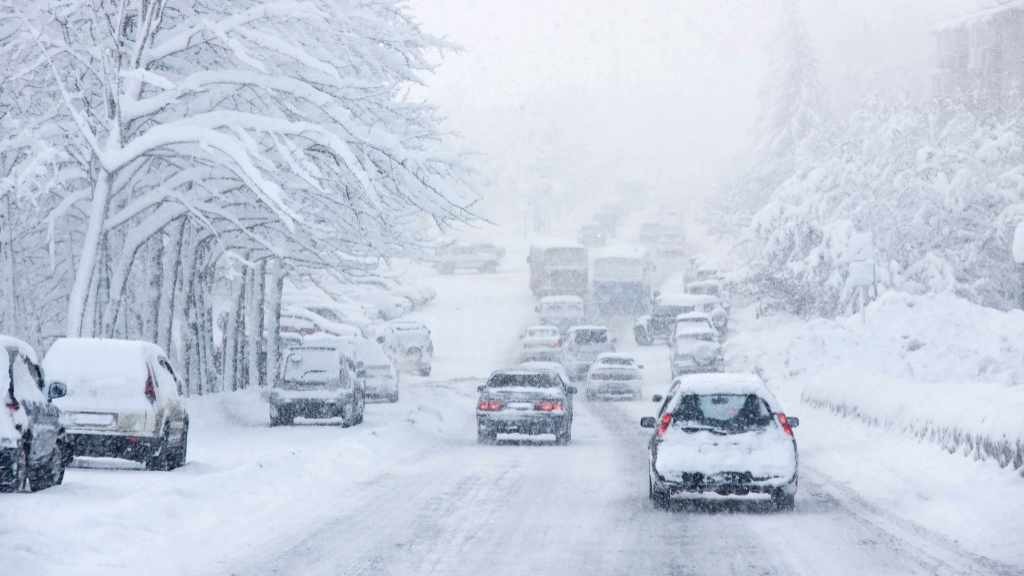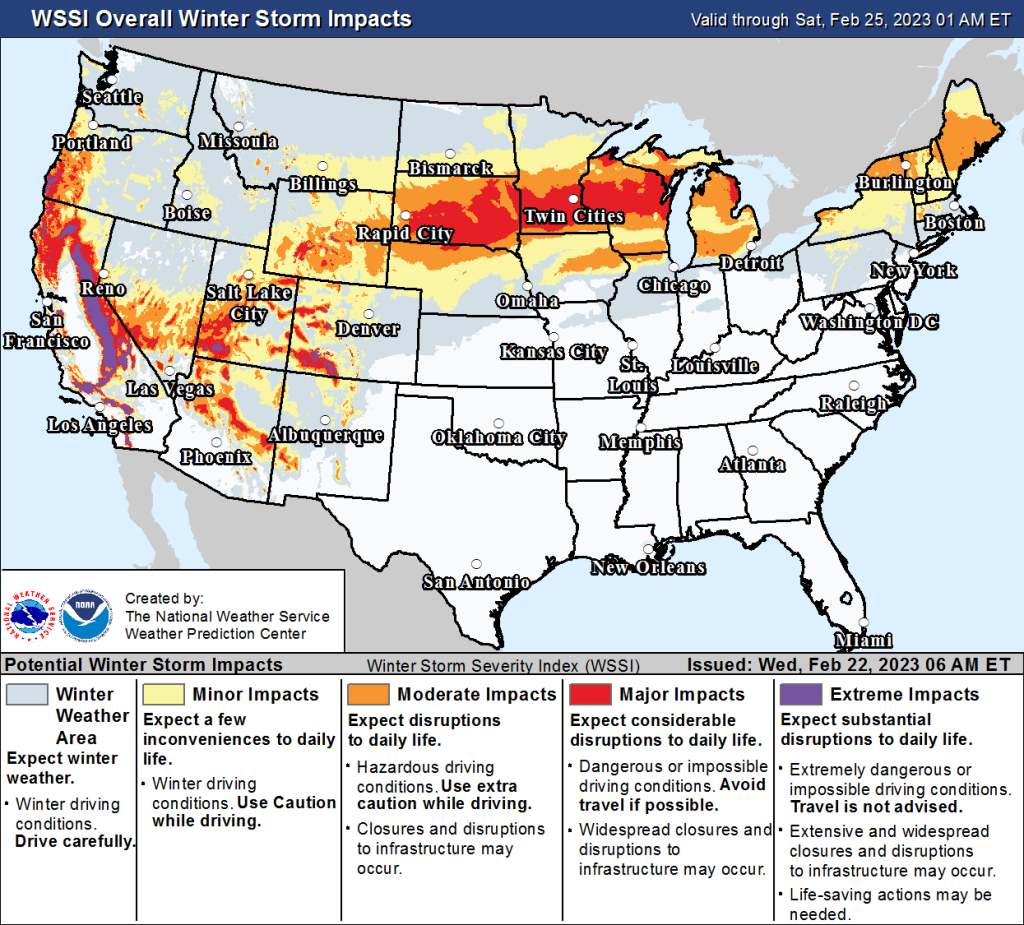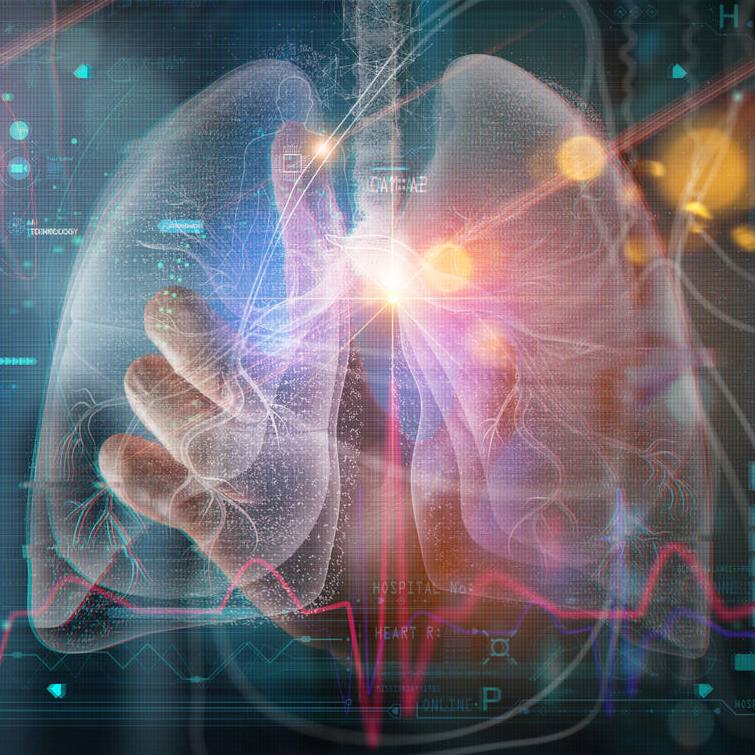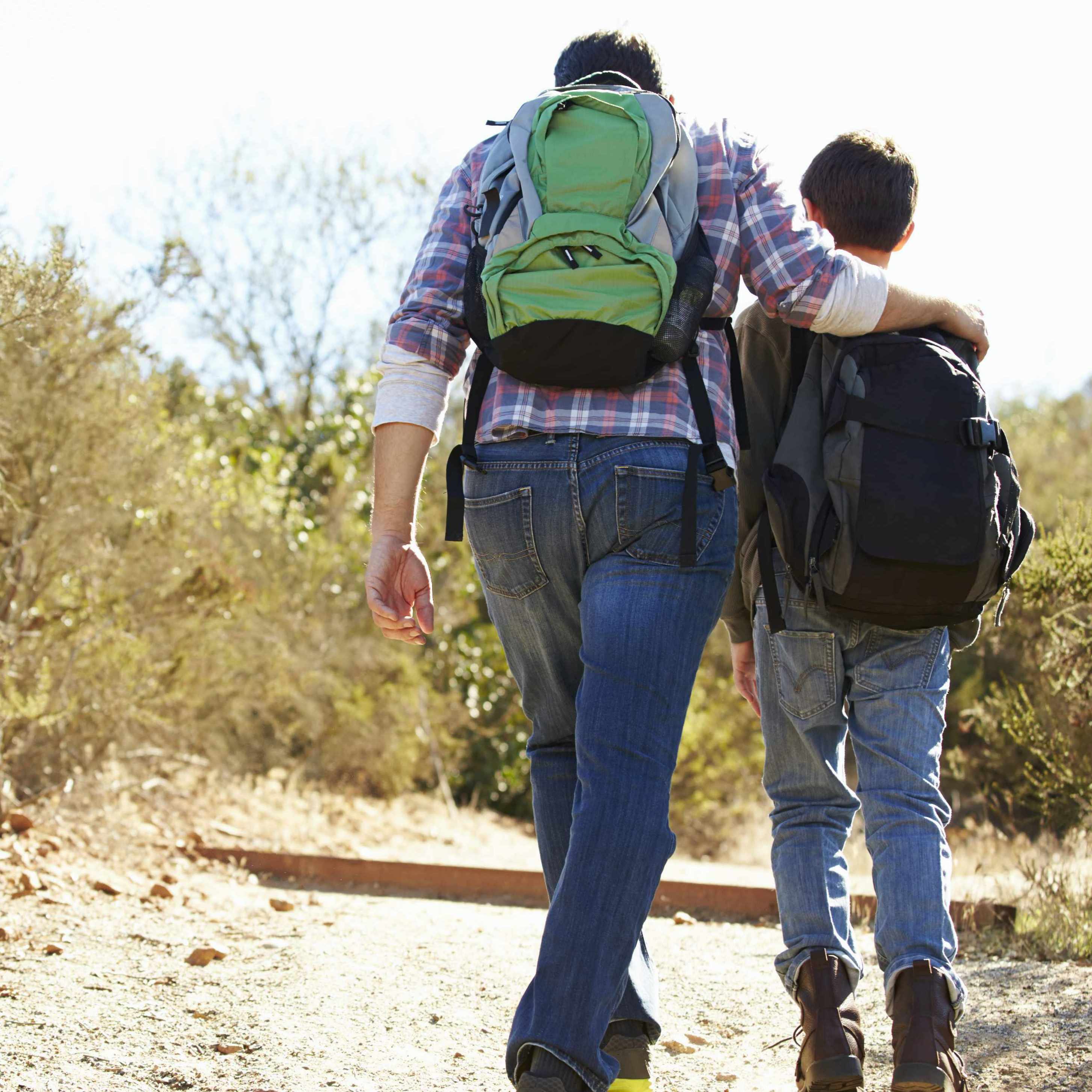-
News Cycle
Winter safety tips from a Mayo Clinic emergency medicine physician

The National Weather Service says a massive winter storm is moving across the U.S., with high winds, icy conditions and up to 2 feet of heavy snow expected in parts of the Upper Midwest.
If possible, limit travel or stay off the roads if you live in the affected areas.

"If you don't have to go out, it's best not to go. But if you do, plan just in case something bad happens," says Dr. Venkatesh Bellamkonda, a Mayo Clinic emergency medicine physician. "And by that, I mean bring extra clothing, maybe warm blankets and water, have a small shovel, and any sand or salt in the car could come in handy if you get stuck. And, of course, if you don't have to go, I have to reiterate, please don't go."
Watch: Dr. Venkatesh Bellamkonda talks about winter safety tips
Journalists: Sound bites with Dr. Bellamkonda are available in the downloads at the end of the post. Please courtesy: "Mayo Clinic News Network." Name super/CG: Venkatesh Bellamkonda, M.D./Emergency Medicine/Mayo Clinic.
Carbon monoxide poisoning
If you are stranded in your vehicle due to the storm and leave your car running, keep your exhaust clear of snow and ice.
Carbon monoxide is a colorless, odorless, tasteless gas produced by burning gasoline, propane and other fuel. Improperly ventilated engines, particularly in enclosed spaces, may allow the gas to accumulate at dangerous levels.
While this may be a rare occurrence, it's essential to know the risks of carbon monoxide poisoning in an enclosed vehicle, says Dr. Bellamkonda.
"What's happening in these select instances are where people are stuck in their car, and maybe their car slid off the road or into an embankment. As a result, they want to stay warm, and they have their vehicle on. But they may have overlooked that the car's exhaust mechanisms are blocked by snow or ice," he says. "It's important before you settle in to wait for that tow truck or other support vehicle to come to double-check that your exhaust mechanisms are open and free. Check that snow hasn't clogged it and that you're not backed up against something. If you are, dig that out and make sure that that's free and open to vent so that you don't have carbon monoxide buildup in your vehicle's interior."
"Carbon monoxide is dangerous, in part because the signs and symptoms of poisoning are very subtle. It can creep up on you with little warning. You might have a small headache and feel a little nauseated, but it'd be hard to distinguish at that moment due to the fact that you were in, theoretically, your car spun out into an embankment," says Dr. Bellamkonda.
Snowmobile and ATV safety
Recreational vehicles, such as snowmobiles and all-terrain vehicles (ATVs), should be used with caution or avoided during the storm period when there is also limited visibility.
"The other type of motor vehicle that we see often that can pose a danger is the snowmobile and other kinds of automated vehicles. If you do choose to ride, please wear a helmet and take precautions," urges Dr. Bellamkonda. "It can look like so much fun. And it could be a lot of fun to go fast or do more aggressive maneuvers with these motor vehicles. But this is not the time to do that."
Traumatic injuries
Among the most significant risks, aside from being on the roadways, include falling on walkways or driveways. Dr. Bellamkonda says older adults are especially at risk for slipping on ice or snow.
While a fall for a child or young adult may leave the person unfazed, that same fall for an older adult can be life-threatening because their bones are more brittle, so their hips and arms fracture more easily.
Shoveling heavy snow can add extra stress to the heart. If you are inactive or have a history of heart disease, let someone else do the lifting.
If you need help, seek help
Dr. Bellamkonda also reminds people that the Emergency Department is ready to help everyone who needs emergent care, even on snow days. If you are experiencing symptoms requiring medical attention, do not avoid seeking help.
"We want you to call; we want you to come in. If you need 911 and an ambulance to get you to us, we encourage you to do that," says Dr. Bellamkonda. "People still have heart attacks, strokes and severe infections even on bad weather days."
Cardiovascular issues, such as cardiac arrest, tend to rise in the winter. Heart attack symptoms can vary. You may experience chest discomfort or pain, shortness of breath, lightheadedness, nausea and vomiting. If you think you are having a heart attack, immediately call 911 for help.
"If you're scared about your health and don't feel like it can wait until Monday when your primary care doctor is available, we want to see you. We want to be a part of your journey and hopefully give you peace of mind that you're OK. And if you're not, we want to help make it better," says Dr. Bellamkonda.
Keep track of local news advisories for the most up-to-date snow and travel conditions.
Related posts:
- Mayo Clinic Minute: Snowblower safety
- Mayo Clinic Minute: Heart health and dangers of shoveling snow
- Staying safe during a major winter storm
- Is the extreme cold bad for your lungs?
For the safety of its patients, staff and visitors, Mayo Clinic has strict masking policies in place. Anyone shown without a mask was either recorded prior to COVID-19 or recorded in a nonpatient care area where social distancing and other safety protocols were followed.







